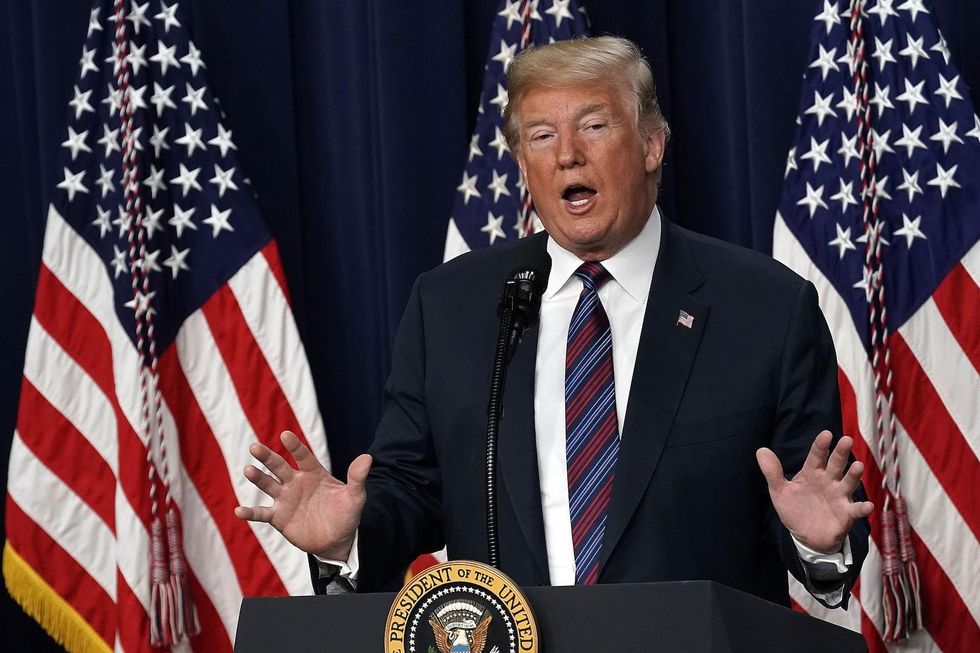
Job growth exceeded expectations in May, and unemployment dropped to 3.8 percent. (Alex Wong/Getty Images)

Job growth outpaced estimates and the unemployment rate declined again in May, solidifying the Federal Reserve's belief that the economy is strong enough that it no longer needs additional stimulation from low rates, The Hill reported.
"The U.S. economy has this incredible head of steam," Josh Wright, chief economist at iCIMS, told CNN Money.
The economy added 223,000 jobs in May, compared to Wall Street estimates of about 190,000-200,000. The increase was more significant than previous increases in March and April. An average of 179,000 jobs were gained in the previous three months.
Significant job growth came from notable increases in:
The unemployment rate crept down to 3.8 percent, which ties the lowest rate since 1969 and marks the only time it's been this low since 2000. High school graduate unemployment hit a 17-year low of 3.9 percent, and black unemployment hit a new record low of 5.9 percent.
Wages grew 2.7 percent compared to last May, but the growth is still more gradual than economists would expect with such a low unemployment rate.
Torsten Slok, chief international economist at Deutsche Bank, has a theory, according to The New York Times:
"Besides other potential causes, Mr. Slok has one of his own: While job switchers are being rewarded with raises, people who stay where they are are not. Nearly 15 percent of what he calls 'job stayers' saw no increase in wages in the past 12 months. At comparable periods in past economic cycles, that share was more like 10 percent."'If you just stay around, you have less bargaining power,'" Mr. Slok said.
The Federal Reserve was already likely to raise interest rates in June, continuing a strategy of easing rates back up as the economy strengthens.
Rates will likely go up from a range of 1.5-to-1.75 percent into a range that will be considered "neutral;" that is, a rate that neither actively stimulates economic growth nor actively restricts it.
"[The Fed] wants to take some of the pressure off of the labor market to avoid overheating the economy that would push inflation too far above the Fed's 2 percent inflation goal," PNC chief economist Gus Faucher told The Hill.